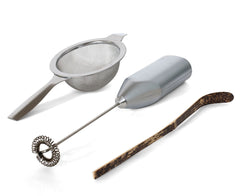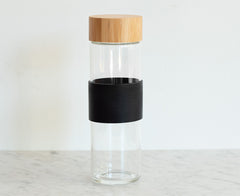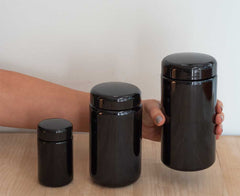Comparison of anti-glycation capacities of several herbal infusions with that of green tea
Author: Su-Chen Ho and Szu-Pei Wu and Shyh-Mirn Lin and Ya-Li Tang
Advanced glycation end-products (AGEs) are implicated in the pathogenesis of diabetic microvascular complications and microvascular complications of the aged. Dietary compounds that can reduce glycation may reasonably serve as valuable adjuvants, promoting the health of the aged and diabetics. This work evaluates and compares the anti-glycation activities of different herbal infusions with that of green tea, a well-documented anti-glycation beverage. The anti-glycation activity of herbal infusions were determined based on the ability of an infusion to attenuate the formation of fluorescent AGEs in glucose- and methylglyoxal-mediated protein glycation systems. All of the tested herbs except for lemongrass and rosemary—balm, mint, black tea, sage and common verbena—had potent anti-glycation abilities that exceeded or equalled that of green tea. Additionally, the amounts of phenolics and flavonoid in the herbal infusions were highly correlated with their anti-glycation activity, revealing that the anti-glycation activity of herbal infusions was primarily attributable to phenolics, particularly flavonoids.



